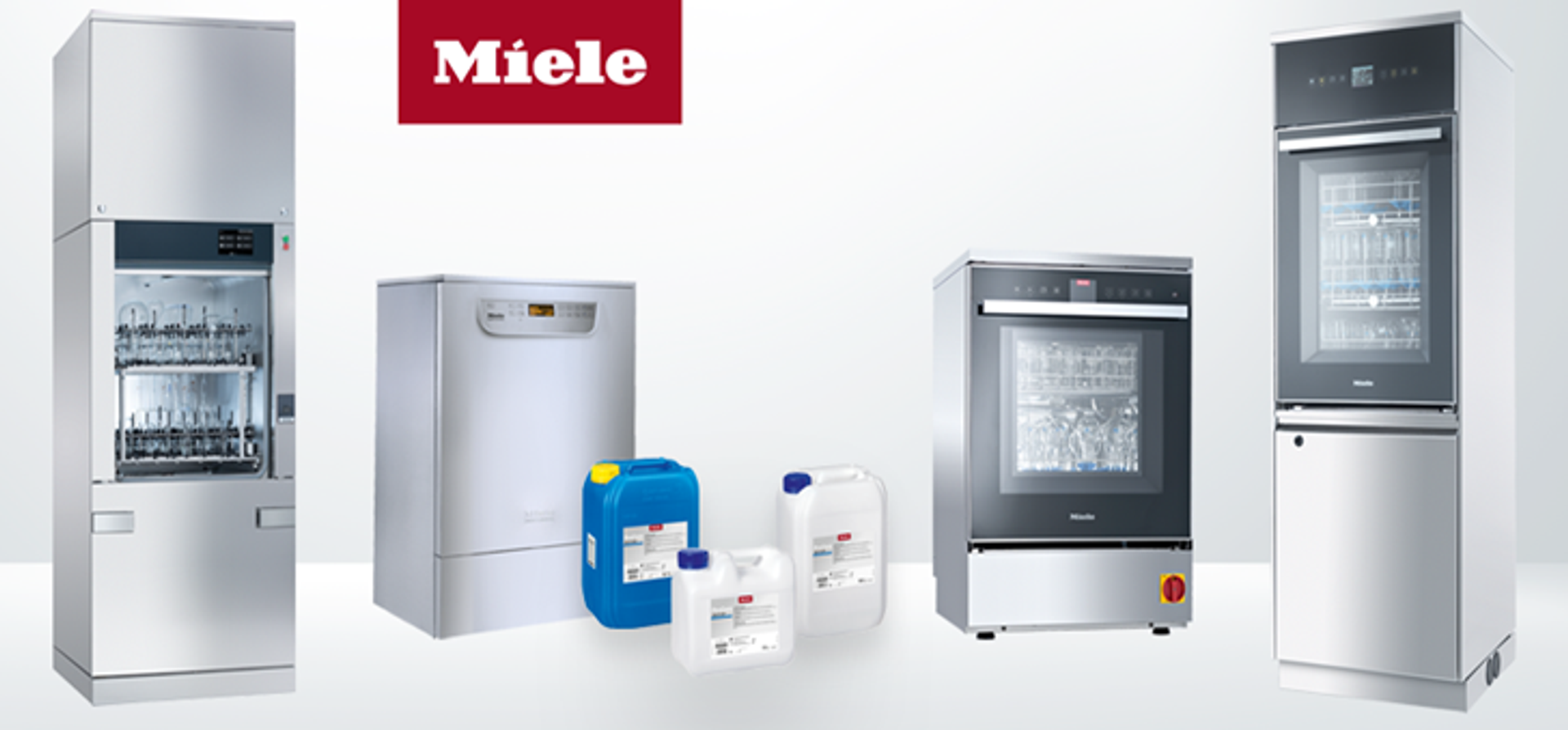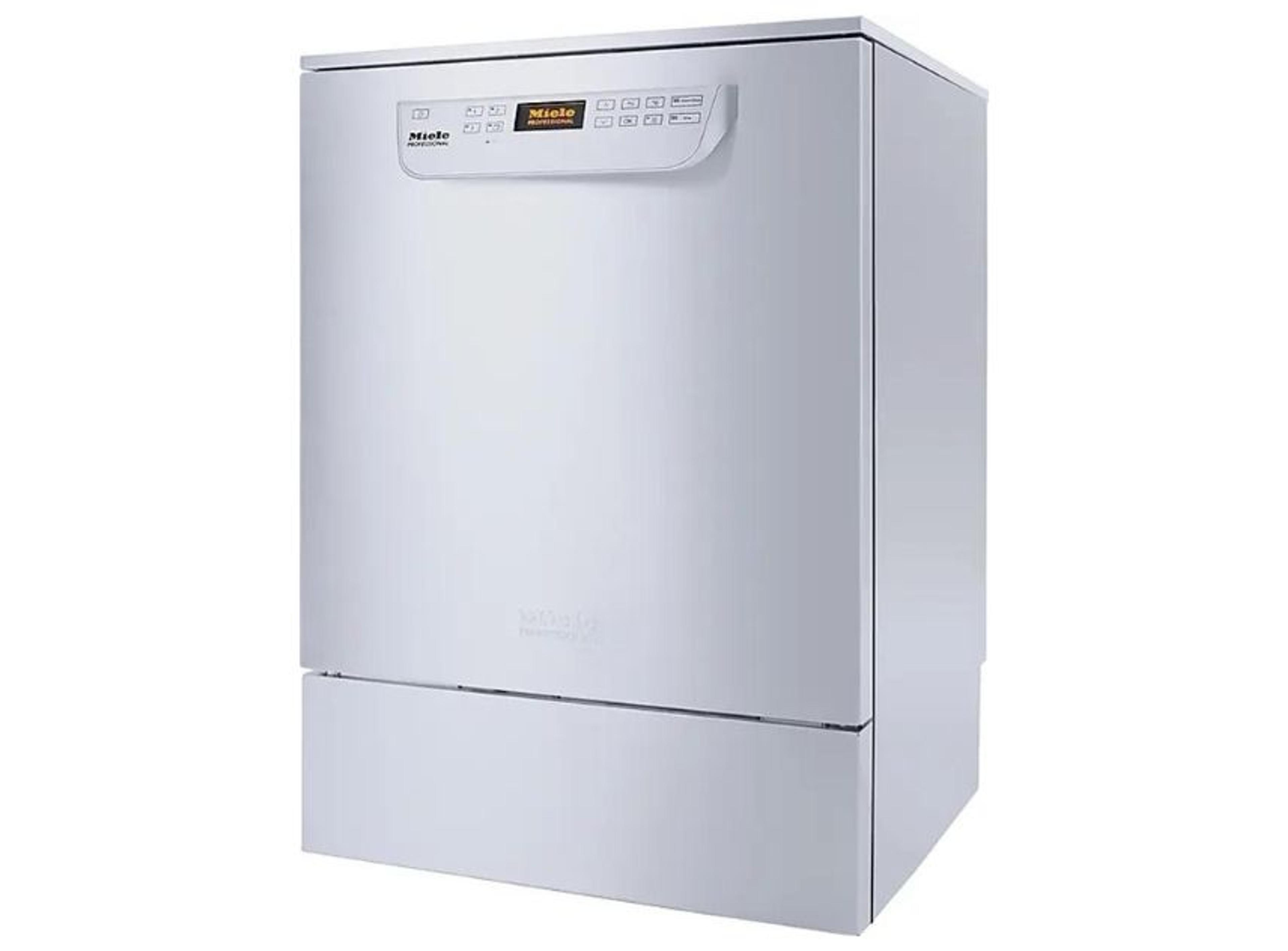Zebrafish aquatic tank reprocessing
4 Oct 2024With the increasing popularity of utilizing zebrafish for scientific research, a critical part of ensuring a healthy husbandry is maintaining clean, chemical, & bacterial free tanks.
Improper and/or inconsistent cleaning introduces a significant risk of loss to the entire zebrafish colony exposed to toxic residues. Traditional methods of tank cleaning are performed by manually using a scrub brush, soaking in a bleach solution and manual rinse either with tap or purified water. Manual cleaning is a time-consuming process prone to human error yielding inconsistent cleaning results with the potential of introducing residues harmful to the zebrafish colony. The need exists for an automated cleaning process that assures tanks are critically cleaned yielding consistent and measurable results.
Miele Professional wide range of undercounter and large chamber labwashers offer a safe and cost effective solutions for the cleaning and washing of different instruments, wash bottles and aquatic tanks.

"Zebrafish have emerged as ideal animal models for studying human disease, significantly advancing our understanding of diseases such as cancer, autism, epilepsy, and heart disease," Kiersten Owen, Senior Field Application Scientist at Northeast Scientific Associates (NESA). Hear more in this exclusive interview.
Miele Solution
Miele has developed an automated, turn-key laboratory grade washing system to clean and reprocess zebrafish tanks based on a balanced interaction of four important factors: mechanical action, detergent, temperature and time. More effective than handwashing, or a residential dishwasher, our system delivers the repeatable results required by researchers along with additional operator safety and facility sustainability benefits. The Miele solution is capable of either a detergent-free, thermal disinfection rinsing program as well as a fully tested surfactant-free detergent solution. The custom Miele detergent has third party testing for inhibitory residue with successful results as well as long-standing proven success in the zebrafish application.

The Miele 94004560 Zebrafish bundle consists of: PG8583 LD lab washer (10714830), ProCare Lab 10AO (10265580), A101 Upper basket (9862340), ProCare Lab 30C (10266670), E118 Insert (3830270), ProCare Universal 61 (9195780), A151 Lower basket (9862410), CK/1 Canister Key (11851600)
Benefits of Miele's 94004560 Zebrafish bundle
1. Consistent, critically clean results
As the Zebrafish tanks need a thorough clean, our recommended Organica program along with the use of the ProCare cleaning agents fit perfectly to provide a desired cleaning result.Miele’s flexible and customized programming options accommodates individual SOP requirements including adding a thermal disinfection step. Our lab washer offers a validated cleaning result using a hot wash program and final DI water rinse.
2. Time management & cost savings
Purchasing a laboratory glassware washer is a sizeable capital expenditure but the long-term Return on Investment should be analyzed beyond the initial cost of the equipment. As a repeatable process, an automated washer will deliver a consistent clean everyday compared to manual washing and scrubbing. In addition to labor and resource costs reductions, other variables such as continuous water usage, amount of detergent, instrument breakage and other items (gloves, brush, solvents) can be simply avoided.
Normally increased time in a wash cycle results in improved cleaning results; however, most labs cannot afford to spend time waiting. Our Zebrafish bundle package solution feature high circulation rates and hot water, thus shortening the overall cycle. All intake water, DI water and cleaning agent quantities are set and programmable. For lab operators, the flexibility to perform other tasks and efficient productivity in their workflow can be achieved.
Finally, a sustainable laboratory washer, can further add in water and energy cost savings while also gain a greener laboratory. With Miele’s patented heater integrated variable-speed pump, the spray arm pressure can be adjusted accordingly during different stages of the wash program: highest rate during the main wash and slowest during rinsing. This results in less water and energy usage, better cleaning, and longer plastic/glassware life.
3. Sustainability
Sustainable thinking since 1899, our commitment is to always do better in everything we do. Our corporate pledge is For the planet, our only home. From factory production, supply chain to products & services to recycling and end of life, Miele is committed to creating a sustainable future for our planet via the Science Based Targets & Sustainability Development Goals to reduce carbon footprint by 15% end of 2023 (Scope 1 use phase of the products). We use recycled stainless steel and carton in our products andpackaging, extensive factory testing resulting in a product life span of a minimum 10 years. Moreover, these sustainability initiatives have been audited, and our products such as the PG8583 LD lab washer amongst others, bear the ACT Label. certified by My Green Lab.
References:

